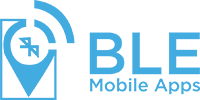How Can Businesses Benefit By Building BLE Powered Mobile Apps?
- by BLE Mobile Apps
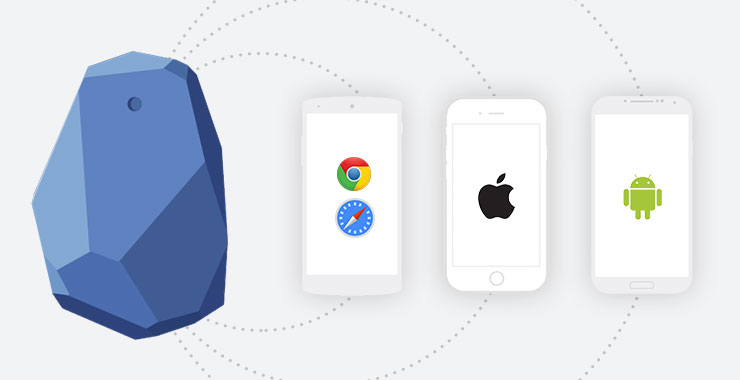
Bluetooth Low Energy or BLE enables mobile apps to connect with compatible BLE devices over a secure connection in order to exchange data. iBeacon and Eddystone are protocols developed by Apple and Google respectively that define standards of data exchange between an iOS and Android apps and a BLE device like a BLE beacon. Thanks to these two protocols, Bluetooth low energy iOS and Android apps can now scan beacon signals in their range and display relevant content on the app screen and notification center.
The emergence of standards like Eddystone and iBeacons open new doors in BLE mobile app development, pushing the limits what these apps can do. Since Apple and Google have announced the standards, businesses are exploring the technology to their advantage. The retail market continues to be a big money generator in terms of overall revenue employing beacons to its business advantage. Many retailers like Macy’s, Walmart and Starwood hotels have stepped up to the plate to implement iBeacon in their store outlets. Retail marketers are making the most of it, running ingenious marketing campaigns to their business advantage.
Intelligent Marketing Solutions
BLE technology lets retail marketers deliver engaging app notifications when a customer is in the proximity of a beacon device. This allows the retailers to deliver personalized and contextually relevant advertisement in the form of app notifications, which have higher chances of click-through and, ultimately, conversions. Click-through rate (CTR) of beacon ad campaigns can be as high as 4%, which is nearly 80 times the average CTR of a display advertisement and 25 times that of Facebook ads.
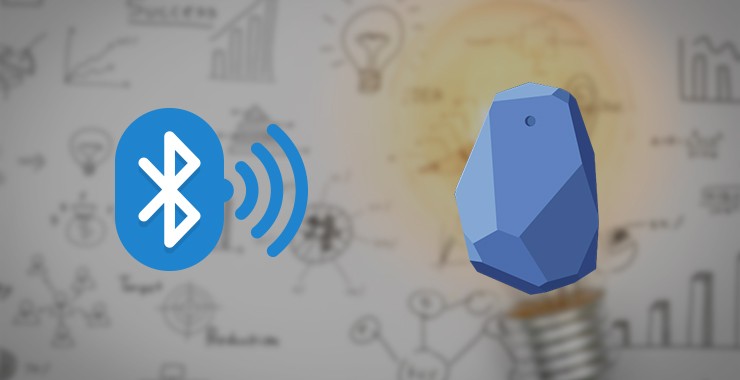
To deliver personalized and contextually relevant advertisements, the beacon has to detect a user’s location in the store and his previous shopping experience. The app tracks the buying pattern, and the nearest beacon devices detect the location. If the user is right next to the cookie counter and his buying pattern includes Cookie A every week, the app will recommend him a money-saving monthly pack. This may not be case with the person buying cookie for the first time; the app will probably recommend him a cookie brand with widest seller’s margin.
Industrial Automation
Not every piece of electronics we interact with has the ability to connect to the internet. Your refrigerator, ceiling fan, and coffee maker probably don’t connect to the internet. Controlling appliances and electronics with their smartphone while a luxury to home users, is a necessity of large manufacturers, warehouses and distributors.
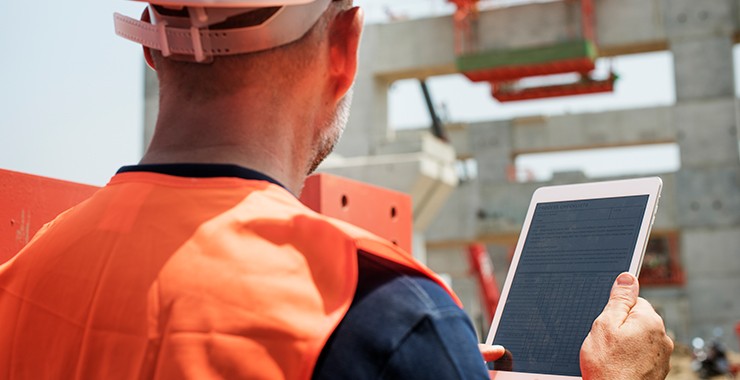
The problem is a most industrial equipment don’t support connectivity of any sort to transmit their data to a storage device, which means a person has to manually enter a reading.
When TOPS developed RAVAS, we had the same problem. RAVAS scale calculates the weight of industrial goods. We interfaced the RAVAS weighing scale with a Bluetooth Low Energy 4.0 device. We then developed an app to duplicate those reading and do some calculations.
While this was a small project, it made the life of some many RAVAS users easier. They could feed the readings as part of a large automation system. Before, it had to be logged manually.
Data Syncing with Wearables
Wearables lack the space to hold a large battery and, thus, are more prone to battery discharges over LTE and Wi-Fi connection than a smartphone is. The smaller size means a smaller storage too. A wearable must dump its data to the cloud from time to time but wearables lack internet connectivity.
BLE, a low-power Bluetooth variant, is best fitted for wearables. BLE beacons placed at retail establishments are known to go for months on a single AA battery. Wearables can communicate with the relevant app on a smartphone and sync data even when the phone’s Bluetooth is off without draining too much battery.
The BLE Android and iOS apps then can push the data to the cloud for ready access.
Without BLE, wearable devices wouldn’t have been a possibility.
Indoor Location Awareness
GPS doesn’t work indoors. While this isn’t a major problem for standalone establishments, finding a shop or office inside a mall or a large corporate house can be taxing at times. By creating a network of beacons inside such establishments, a beacon app can thereby give directions to a clueless customer looking for the dentist in the far end of the building. This would work in the same way Google Maps provide navigation, except it will work indoor.
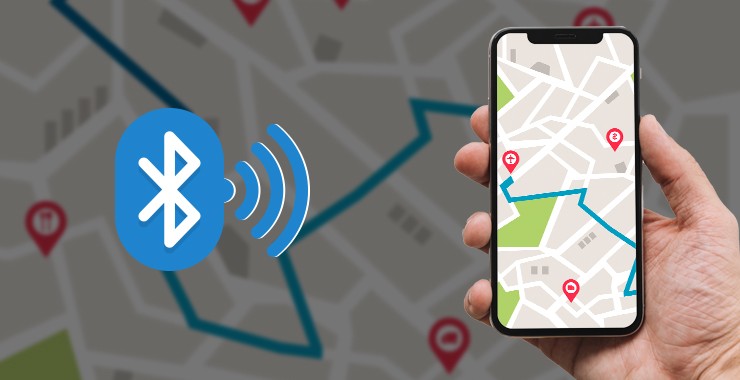
If you’re a mall owner, you will grab larger interest of buyers. In addition, you can rent a part of beacon network to a nearby shop for a fee. Moreover, you can monetize by letting shops on the interior side of the mall to advertise to the customers at the front side of mall.
Contactless Payment Systems
Amazon Go is a chain of stores by Amazon in the US where no checkout is required and; thus, there is no cashier or operators. Customers enter the store, pick what they want to buy, and leave the store when they are done; no waiting in queues or other hassles.
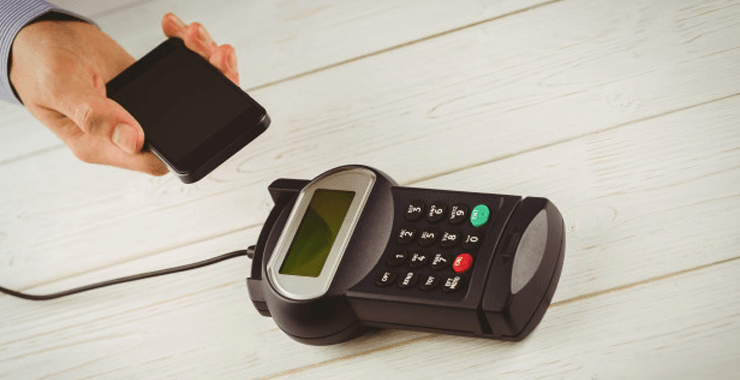
Retailers can automate the checkout process at their stores too with the help of beacons. The customers just have to have the app installed on their own and payment information attached to the retailer’s account. Whenever the customers is near an item, nearby beacons will detect his location and present him with the list of items on the aisle. The app can recommend his products to buy based on his past purchases.
When the customer is near the store exit, the beacon there will ask if he or she wants to check out; and provide him with a link to payment or auto-debits the amount from the payment information.
The retailer by automating the checkout process will cut operational costs and will gather intelligent insights about the customers based on his buying habits and average expenditures to boost ad targeting.
Connected Healthcare Solutions
Wearable manufacturers love to talk about the fitness features on their fitness bands and smart watches. Wearable shipments are expected to reach 158 million units by 2020 from 125 million units in 2018. The growing demand of wearables, vast amount of data they gather, and ability to check the data from anywhere is renewing healthcare providers interest into wearable technology.

As discussed above, BLE allows wearables to sync with smartphones without consuming too much battery. A capable smartphone with the app installed and good connectivity will push the data to the application cloud. From where, the fitness data will be available for everyone over an authenticated connection, including doctors, hospitals and insurance company.
A cardiologist will check his patient’s fitness data before the day of appointment rather than running those tests at the time of appointment. This will allow him to see more patients in the same frame of time. Likewise, insurance companies can check the fitness data at the time of selling health insurance and deciding on the premium amount.
